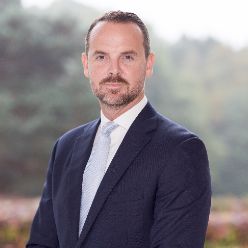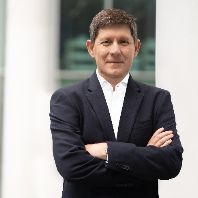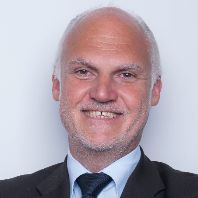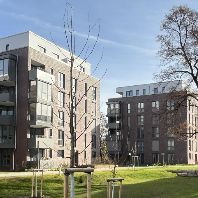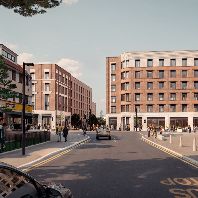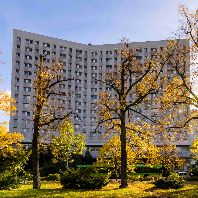What is the Global Markets Division of Deutsche Bank involved in at the moment and what are its future plans? Across fixed income, Deutsche Bank is engaged in many activities. I think that in the context of GRI, and real estate in Europe, Deutsche Bank is one of the core banks to support real estate investing, to provide leverage (also senior) and to have access to participant into the capital markets. At CMBS, we are trying to re-introduce this instrument into the European market after the successful rejuvenation in the US market, which was restarted fantastically post-crisis.
What are the main challenges for international investors entering the European commercial real estate market? I think that the challenges post-crisis were many: access to deals, sourcing the deals, executing in different jurisdiction, funding the deals, especially when it came to senior lending. In 2009, 2010, 2011, and 2012 senior lending was not there. However, in 2013, that picture changed and this was a step to recovery, very valuable for private equity funds and hedge funds coming into the space. This was especially the case of most real money accounts, international pension funds, and sovereign wealth funds that started building presence in the European real estate market.
Among the European countries, where would you say there is more opportunity, which markets should investors look into? The UK and Germany are the best examples for active markets, leading the pack by a huge margin. The capital, both equity and debt, that is available for deals and improving prices that persuade or present an opportunity for sellers to exit the market creates this spur of activity. That might change with political risk and subdued recovery in Germany but I think that at the moment, those are the key locations. It is good to see activity coming back to what was just a year ago, the periphery. I believe Italy and Spain are interesting, Holland is back on the map, and even in Greece we saw portfolios trading and real estate becomes, at a certain price, interesting.
In your opinion, which are the trends that will dominate the commercial real estate market in the next few years? I believe that the liquidity impact on non-core assets becoming core will probably define the way–the more sophisticated money and the more knowledgeable money are put into non-core assets today with expectation of them becoming core-asset tomorrow. This macro-investment strategy that we see a lot will probably be an interesting trend because it involves not only the activity of the investors purchasing non-core assets, but also the bigger balance sheets looking for future core products that will enter. This complicated definition is actually resulting, or should result, in significant recovery in the periphery. Moreover, it will bring an increase in asset prices in the core parts of Europe for everyone involved, from investors to lenders, to legal firms, to service providers; this is improving the economic activity which is essential for the European future.
Is there more investment into properties that are already there for refurbishment or are investors looking at new developments? I think that development is a problem at the moment in Europe; certain developments such as an office with a lease or a core residential building located in a core city can be considered exceptions. Taking these out of the equation, I think that speculative development is difficult to fund.
Even if the Basel III rule would have been flexed, which I do not think that is going to happen, there are banks that should support the funding of those activities but these lack the resources and they already have balance sheet that has development that has gone wrong.
I think that that allocation of capital towards those assets is not healthy yet. I believe that refurbishment is a different story, because the amount of resources needed for that in terms of monitoring and in terms of the risk of what could go wrong is less. Therefore, I believe that what is called soft development, soft refurbishment or re-positioning is much more in favor than green-field development.
Tuesday, 16 December 2014
Effi Shaked, Managing Director, Deutsche Bank Global Markets Division
Deutsche Bank is one of the core investment banks and one of the last European global banks who are, after the crisis, still very active in fixed income and in real estate lending globally. Its Global Markets Division is platform in the credit space and rate space that is trading those instruments. In a GRI interview, Ilona Taillade caught up with Effi Shaked, Managing Director of Deutsche Bank’s Global Markets Division discussed the opportunities and challenges for international investors entering the European commercial real estate market.
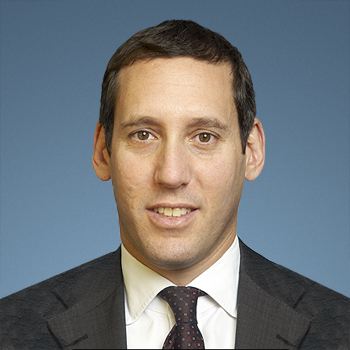
"I believe Italy and Spain are interesting in terms of opportunities, Holland is back on the map, and even in Greece we saw portfolios trading."




